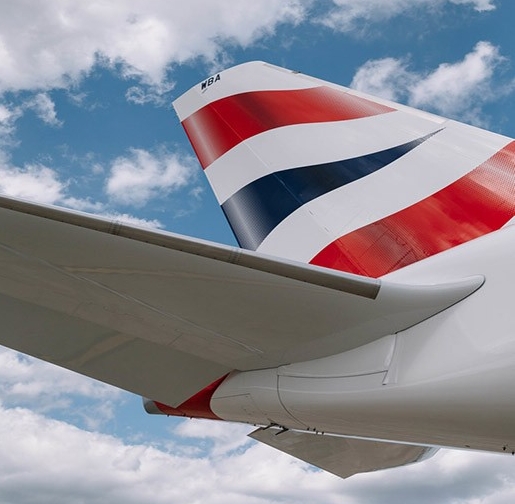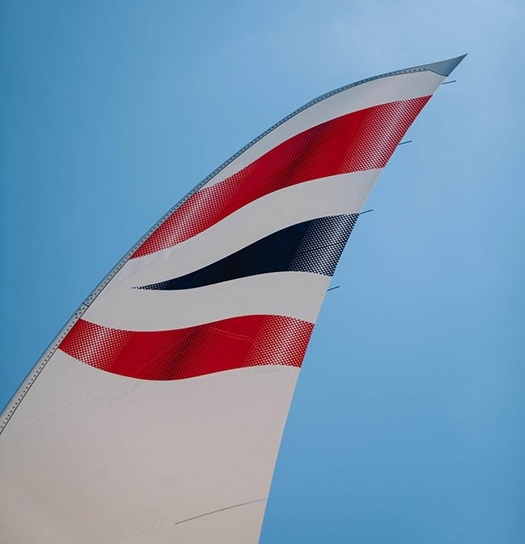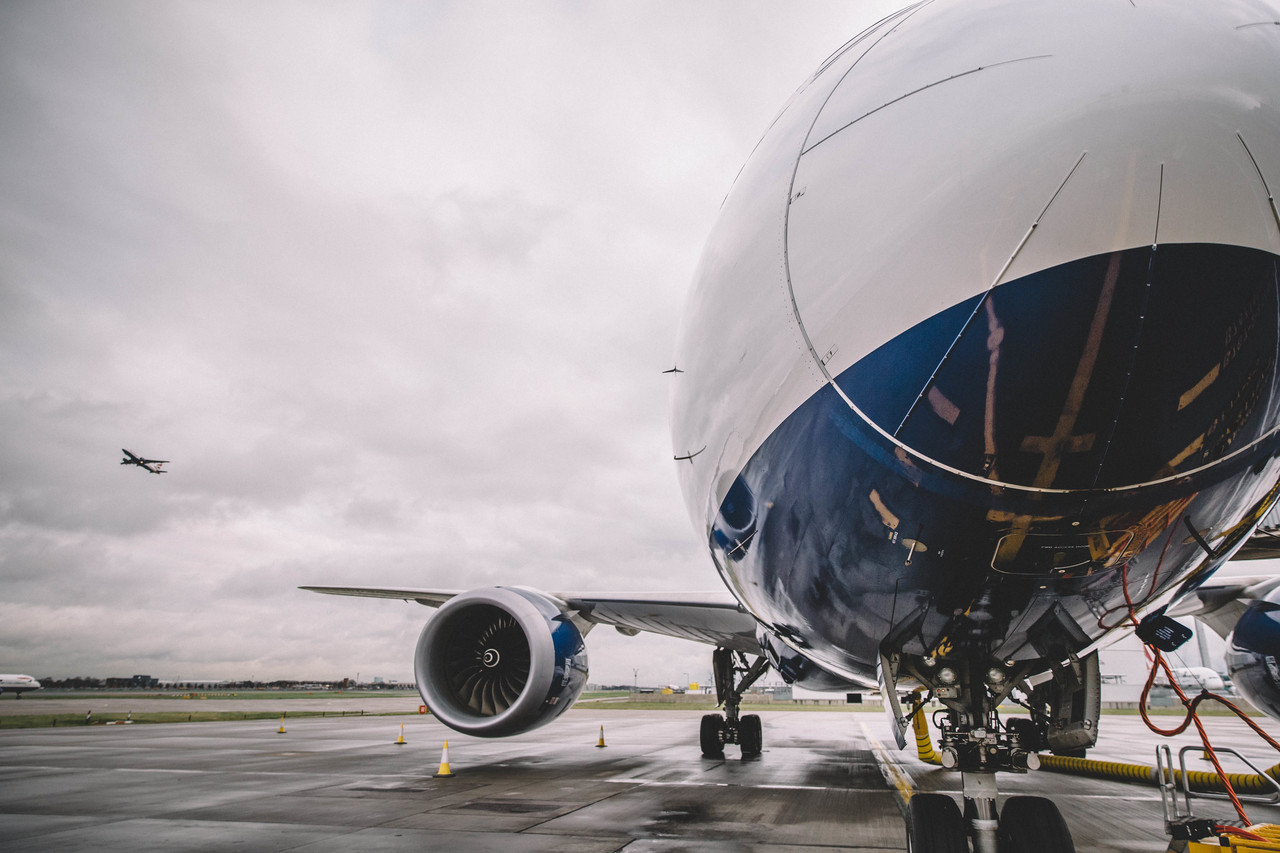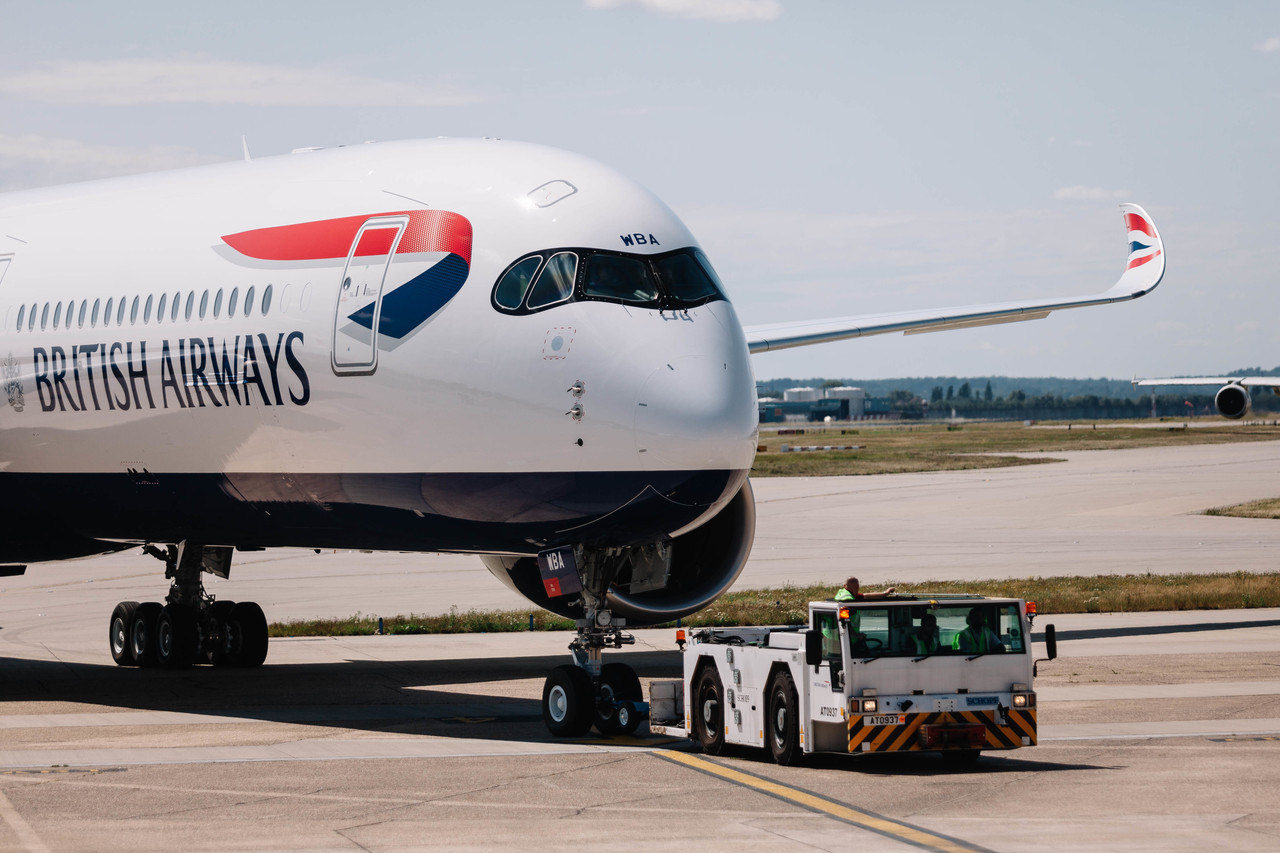While the technology already exists to turn household refuse into jet fuel, so far few energy companies have found the process financially viable. But now British engineers, in collaboration with British Airways and Shell, believe they have the answer.
Readers of a certain age will remember the 1985 Hollywood time-travel movie, Back to the Future. In the final scene, the young hero Marty McFly stares incredulously as his crackpot scientist friend Dr Emmett Brown roots around in a rubbish bin in search of fuel for his flying DeLorean sports car. As if it's the most normal thing in the world, he pops banana skins and a half-drunk can of beer into the car's energy reactor before rocketing off into the future.
Back in 1985, using household waste as rocket fuel was the stuff of sci-fi. Not any longer, though. Fast forward 35 years and, right now, a British renewable fuels company called Velocys is on the cusp of turning domestic and commercial refuse into jet fuel for aeroplanes and petrol for road vehicles.
If planning permission is granted, in 2021 (under the auspices of a subsidiary company called Altalto Immingham Ltd) it will construct a new plant on a 78-acre site beside the River Humber, near the town of Immingham, in Lincolnshire, on the UK’s east coast. Three years later, and with a workforce 130-strong, it will start producing fuel.
The beauty of this operation is that the raw materials are standard domestic and commercial rubbish – so there's an endless supply.

(Just as there was for Marty McFly’s flying DeLorean.) Rather than using refuse that has already been separated for recycling, Velocys will accept any old mixed rubbish – the stuff we throw away in black dustbin bags that normally ends up at landfill sites or in incinerators.
Neville Hargreaves is the company's vice-president of waste-to-fuels. “We're using refuse that otherwise is a real problem for society,” he explains. “Out of it we're making something we really need: fuel.”
The science behind the process is a lot more protracted and complicated than it was for Marty McFly. The first stage is to separate all the refuse into its different constituents. All the inorganic items such as metal, glass, stone and some plastics are separated off while the organic materials such as wood, paper, cardboard, food, most textiles and certain plastics are kept. (Yes, even banana skins.) It's the carbon and hydrogen in these items that are the raw materials for the eventual fuel.
The next stage is called gasification, where the materials are heated up (but, crucially, not burnt) and reduced to carbon monoxide, hydrogen and a little bit of carbon dioxide. In the industry this is known as syngas. The syngas is then washed in order to remove elements such as sulphur and chlorine, resulting in a really clean version of the gas.
Now comes the clever bit: what’s called the Fischer-Tropsch process. This involves several chemical reactions which convert the carbon monoxide and hydrogen into liquid hydrocarbons – the building blocks of the jet fuel and petrol.
Finally, the hydrocarbons undergo a process known as hydrocracking. In simple terms, this is when the larger molecules are cracked into smaller ones. Rather like in a conventional fuel refinery, this produces the fuel itself.





